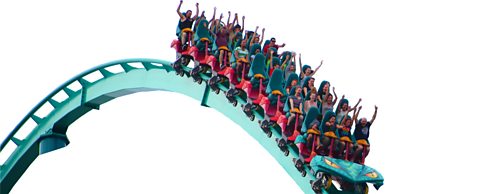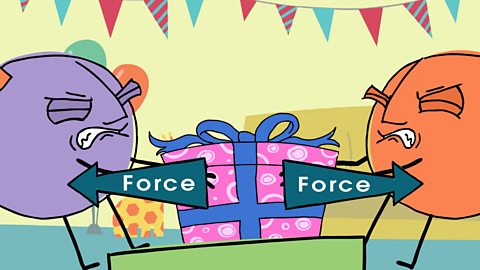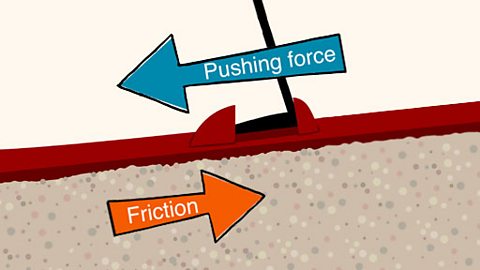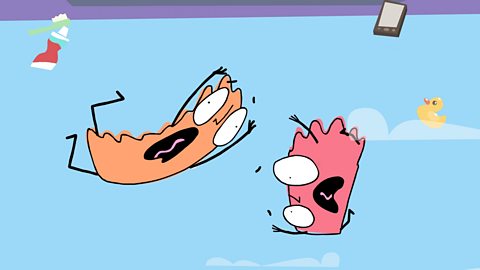
Did you know that roller coasters don't have engines? That’s because they don’t need them!
Gravity is the force that pulls things to the ground. Roller coasters rely on gravity to take them to the end of the track. This involves two types of energy, potential energy and kinetic energy.

What goes up, must come down
Potential energy is the energy an object has because of where it is in relation to other objects.
Kinetic energy is what makes the object move.
Many rides use the transfer of potential energy to kinetic energy to move along the track. As the motor pulls the cars to the top, lots of potential energy is built up. This is released when the roller coaster reaches the top.
The amount of kinetic energy in the object depends on its speed and mass.
When the roller coaster moves downwards, kinetic energy is generated. The maximum kinetic energy generated is when the roller coaster is at the bottom of the track. When it begins to go up, the kinetic energy converts to potential energy.
Floating at the funfair!
Why does it feel like you're floating when you're on some rides?
Click on the image below and hit each of the labels to discover what makes a pendulum ride so exciting.
Take the test!
More on Forces
Find out more by working through a topic
- count2 of 9

- count3 of 9

- count4 of 9

- count5 of 9
